Adam Parker Email Facebook @adamlparker
These organizations generated revenue by selling tickets and raising money from donors sympathetic to the cause.
Family concerts, programs meant to engage and educate young people, began in the early part of the 20th century. They became a world-famous classical music model in 1958 when Leonard Bernstein, newly appointed music director of the New York Philharmonic, introduced the Young People Concerts to a television audience.
Then came some years of economic hardship. The 1970s and 1980s saw budgets of many arts organizations shrink. Loyal patrons were aging. The attention of young people was divided. What’s more, traditional educators were less and less able to provide students with robust extracurricular learning experiences. When budget belts were tightened in the schools, the arts (and other subjects considered “non-essential”) were the first to go.
Some creative thinking was required. READ MORE…

